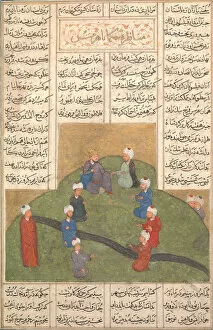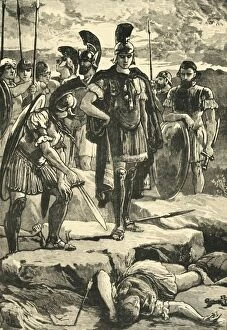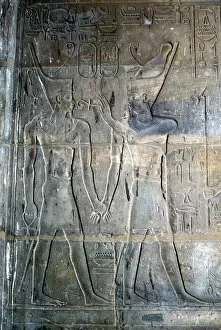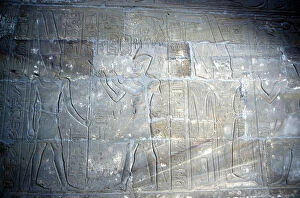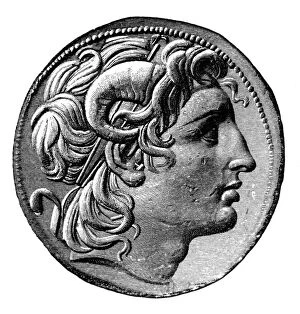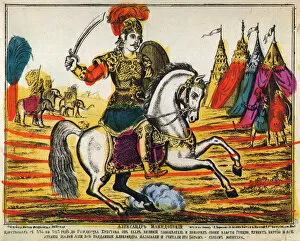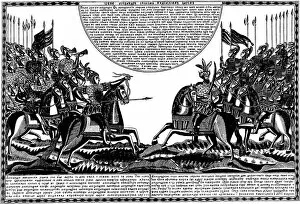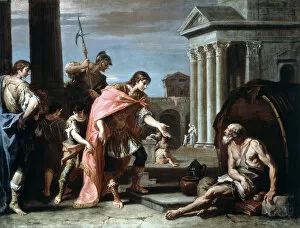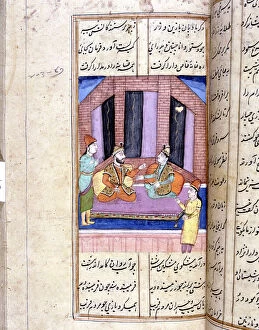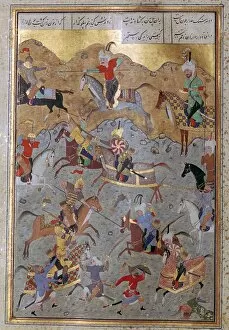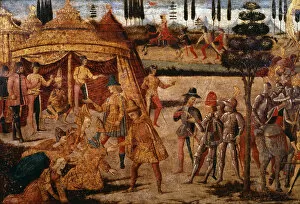King Of Macedonia Collection (#2)
"Unveiling the Legacy: The King of Macedonia
All Professionally Made to Order for Quick Shipping
"Unveiling the Legacy: The King of Macedonia, Alexander the Great" A timeless masterpiece: Relief of Alexander the Great being blessed by Amun-Ra at the sacred Temple of Amun Mut & Khons in Luxor, Egypt. An encounter for the ages: Diogenes of Sinope and Alexander the Great meet in a captivating painting by Quirin Mark, showcasing their intellectual clash. Indulging like royalty: Step into "The Banquet of Alexander, " a vibrant artwork by Domenico del Barbiere capturing opulence and grandeur. Journey through history: Explore Lubok print from 1869 depicting an iconic moment - Alexander the Great's triumphs immortalized on paper. Epic battles come to life: Immerse yourself in a Persian miniature illustrating the legendary clash between Alexander and Darius, dating back to the 16th century. Unforgettable conquests unfold before your eyes: Witness another striking relief as it portrays Alexander standing before Amun-Ra at Luxor's sacred temple complex in Egypt. The Battle that shaped empires: H. G Wells' vivid illustration from "The Outline of History" brings alive The Battle of Issus with its breathtaking colors and lithographic brilliance. Taming Bucephalus - an artist's vision captured forever. Leon Davent's masterpiece showcases how young Alexander mastered his beloved horse with unwavering determination. A woman's bravery etched in time: Leon Davent captures Timocleia confronting her conqueror, revealing courage amidst adversity during this pivotal era ruled by Macedonian might. Coins that tell tales: Discover ancient treasures such as tetradrachms portraying Herakles-Alexander fusion, reminding us of his divine lineage and heroic exploits throughout history.

